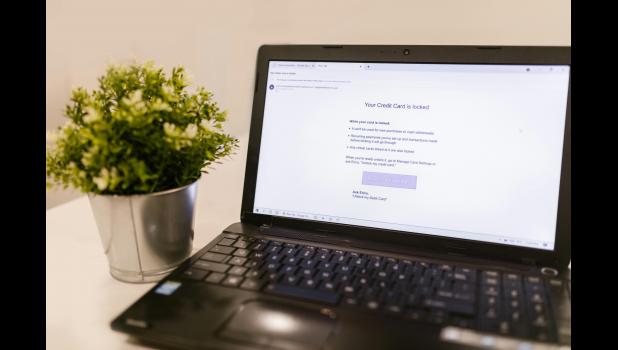The Rising Threat of Identity Theft
In an era where data breaches, scams, and stolen information are increasingly weaponized by fraudsters, the Better Business Bureau (BBB) is highlighting the urgent need for vigilance against identity and information theft. These malicious activities are often intertwined with various types of scams, leaving unsuspecting victims vulnerable to further fraudulent actions.

The Scope of the Problem
Identity and information theft are pervasive, affecting nearly every category of scam. Many individuals who fall prey to data breaches or scams remain unaware that their personal information has been compromised until significant damage has been done. According to Scam Tracker, since 2021, there have been over 16,000 reported cases of identity and information theft, with the numbers escalating annually. The dark web hosts numerous websites that facilitate the sale of stolen personal data, further exacerbating the issue.
Recognizing Red Flags
To protect yourself from identity theft, it’s crucial to be aware of common red flags:
- Suspicious Domain Names: Be cautious of websites with domain names that closely resemble those of legitimate sites.
- Unsolicited Emails and Links: Avoid clicking on links in emails from unknown sources.
- Poor Website Design: Scammers often create unprofessional-looking websites riddled with errors.
- Text Messages from Unknown Sources: Refrain from clicking on links or responding to unsolicited messages.
- Unexpected Social Media Messages: Be wary of unusual messages, even if they appear to be from ‘friends’.
Proactive Measures Against Identity Theft
By staying informed and adopting best practices, you can significantly reduce your risk of falling victim to identity theft. Here are key strategies:
- Be Selective with Personal Information: Only share sensitive data with trusted entities.
- Verify Requests for Sensitive Data: Always authenticate requests for personal information.
- Monitor Financial Activity: Regularly review credit reports and financial statements to detect unusual activity early.
- Use Strong, Unique Passwords: Create complex passwords and update them regularly.
- Implement Multi-Factor Authentication: Add an extra layer of security to your online accounts.
- Research and Verify: Look for reviews and scam reports if you’re unsure about a website or service.
- Utilize Website Safety Tools: Consider tools like Google’s Safe Browsing to verify website legitimacy.
- Consider Credit Freezes or Fraud Alerts: These measures can make it more difficult for thieves to open accounts in your name.
By understanding the risks and taking proactive steps, you can protect your personal information from falling into the wrong hands. Stay vigilant and informed to safeguard your identity in today’s digital landscape.


